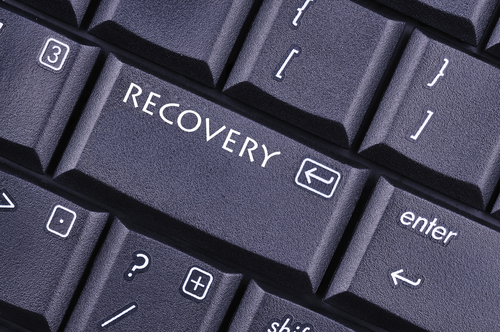How Can You Recover From an IT Disaster? Make a Bulletproof Disaster Recovery Plan Like This…
How Can You Recover From an IT Disaster? Make a Bulletproof Disaster Recovery Plan Like This…
You’ve prepared yourself for disasters of all kinds. You have an emergency kit ready in the event that your car breaks down, inclement weather strikes your home, or an incident with flooding or fire occurs. But what happens when it’s your infrastructure that’s struck by disaster?
Much like natural disasters, infrastructure disaster can strike at any time and for a various amount of reasons, and it can bring your data center down to its knees. How can you protect yourself against infrastructure disaster?
One of the best ways to keep your data center safe is by incorporating a strong disaster recovery plan (DRP for short) with backup and redundancy built into your infrastructure. Here’s what a strong DRP looks like:
Instill a Sound DRP – Planning for disaster can be a harrowing task as you have to think about various scenarios that could happen and figure out how you would tackle them. We recommend starting with the basics and going from there. First, define what’s vital to keeping your business up and running – facets like email and application access, computer equipment, and database backup. You will also need to determine how long it would take for your company to be back up and running after the disaster occurs. From there, figure out who in your company will declare the disaster, how your employees will be informed, and the way you will communicate with your customers as you pick up the pieces.
Put the Plan In Play – As soon as you’ve established a strong DRP, put it in play and monitor it to make sure that its components are being implemented effectively. It should be monitored and updated frequently as needed. Remember, proactive ongoing monitoring and editing of the plan will result in fewer IT issues and less downtime if disaster strikes.
Test It Out – Want to know something scary? An eWeek survey from 2007 of more than 500 senior IT professionals revealed that a staggering 89% of companies test their DRPs either once a year or never. This leaves these enterprises wide open to massive technology and business failures should a crisis occur. Why have a plan in place if you don’t test it? Simulate circumstances multiple times a year that would constitute as an IT disaster for your company and see how your DRP measures up. You’ll also be able to evaluate and fix areas that might be weak in the plan, making your safety precautions stronger.
Back-Up and Store Data Offsite – The data that is present in your site of operations is not totally safe, especially when a disaster occurs. That’s why it’s important to store all of that vital information offsite as soon as you can. Create a backup file of the data and transfer it via a secure method into an offsite data storage center with bulletproof protection. We strongly recommend backing this data up at least once a day and preferably more.
Back Up Laptops and Desktops Onsite – While many companies require their employees to store data on the company’s network, it doesn’t mean that every employee is following suit (or remembers to do it). Users might store files on local systems for various reasons. Backing up desktops and laptops will protect this information in the event of a catastrophe and also if the device is lost, stolen, or damaged.
Be Redundant – Redundancy is vital for protecting data and also provides an extra way for those in the company to access the data. Put these redundant services in place at a secure, offsite location – this will bring your disaster recovery time down dramatically. We’re talking about from days to mere minutes or hours to recover!
Install and Regularly Update Virus Scanners – The security of your IT infrastructure is incredibly important. After all, you need to make sure that your email security is intact against viruses, spyware, and malware. Protect your infrastructure from these hard hitters by installing regular virus pattern updates as part of your DRP. Doing this can even stop an impending disaster right in its tracks!
Team Up With a Managed Services Provider – Many times, businesses lack the technical professionals who have the know-how to implement and maintain a strong DRP. That’s when it’s best to find a knowledgeable managed services provider to help out on this front, such as Network Specialists. Putting your IT infrastructure in the hands of the professionals will give you a huge edge over any disasters that could strike.
Remember, every single business out there, no matter how big or small, is vulnerable to experiencing a catastrophe. Arm yourself against disaster by calling Network Specialists! It will be one of the very best things you will ever have done for your company. In addition, corporate insurance companies are now using large-scale credits for firms who can prove that they have a DRP in place. Check us out at to learn more about us or to schedule a free consultation today!

Recent Comments